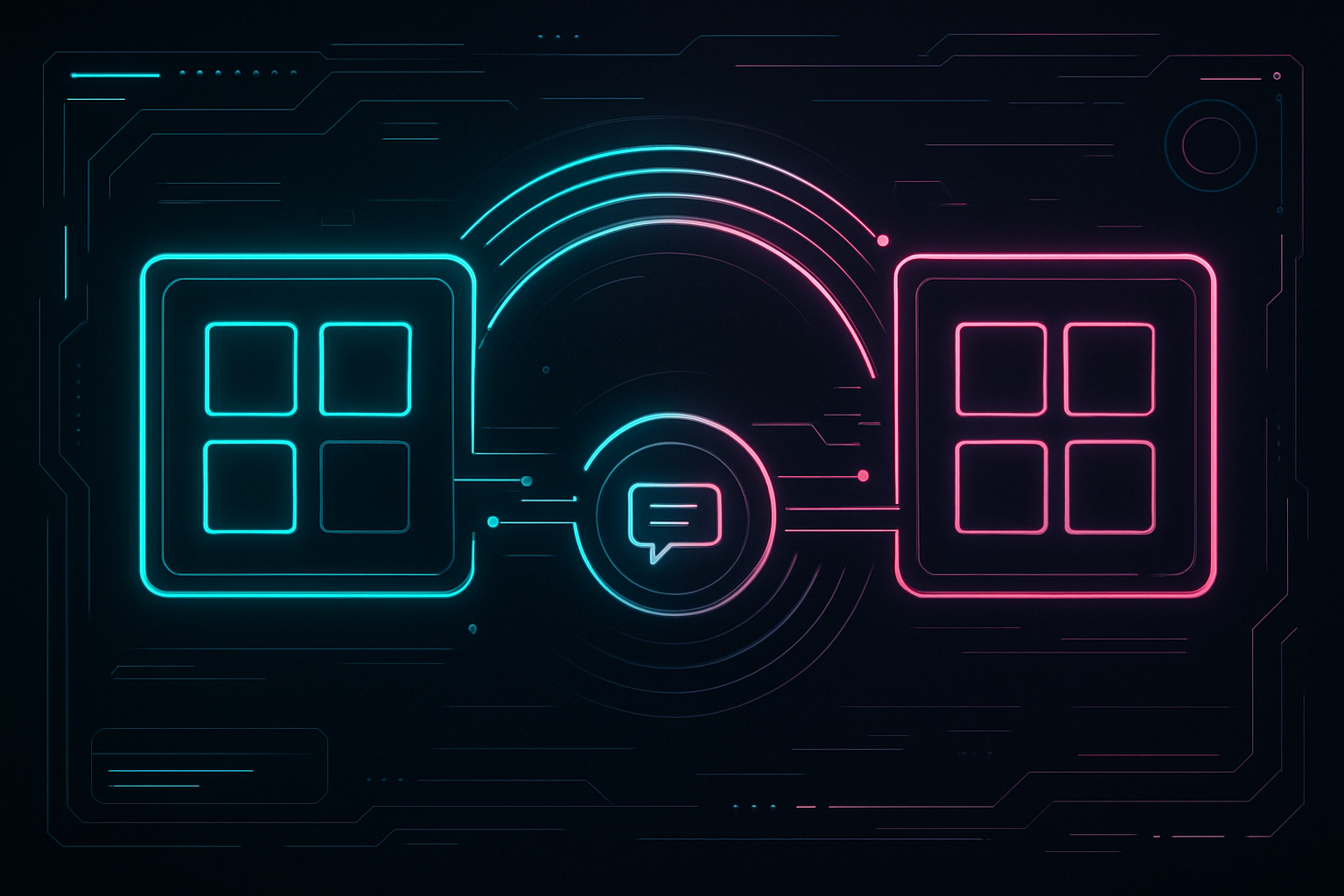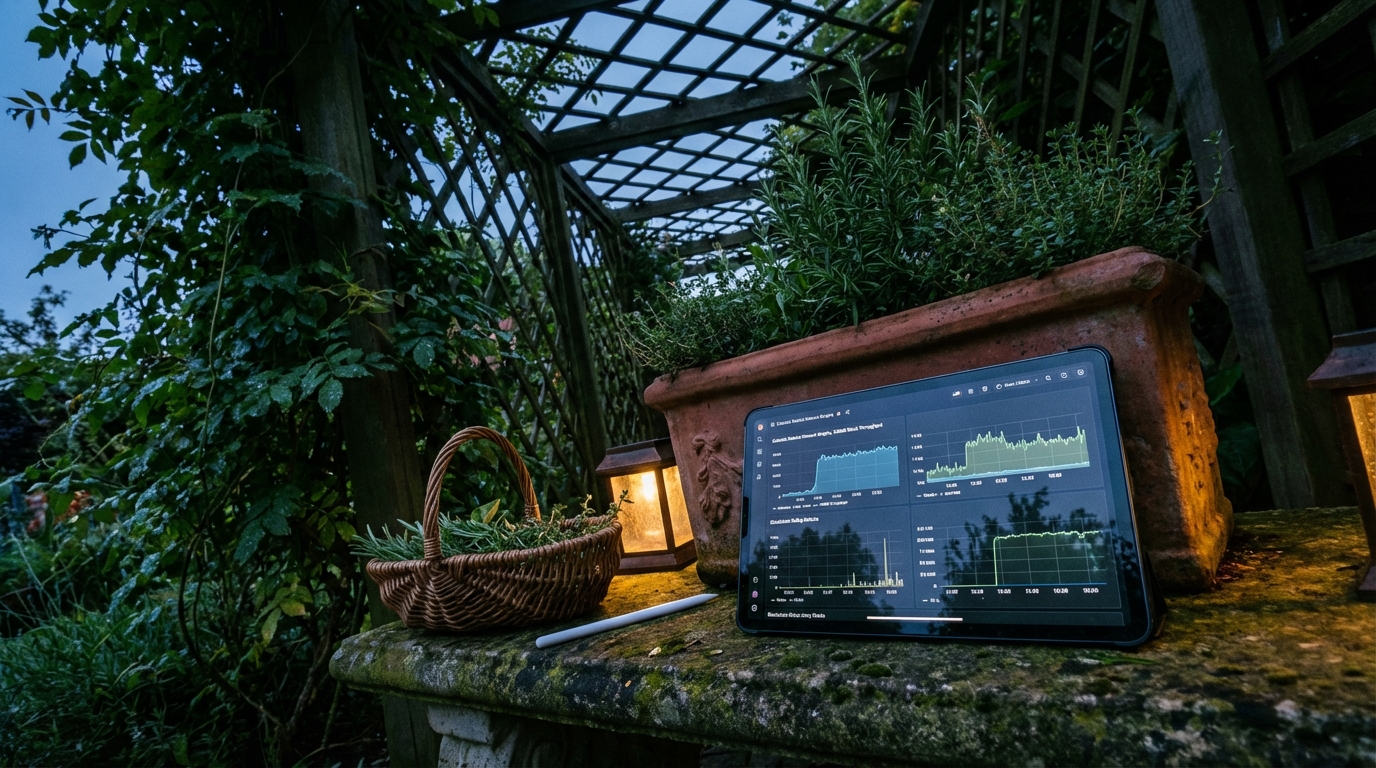
Modular rollups have rapidly become the backbone of Ethereum’s scalability strategy, delivering increased throughput and lower transaction fees by processing data off-chain. However, as each rollup operates in its own silo, a new challenge has emerged: fragmented liquidity and limited interoperability. Without seamless cross-rollup communication, users and developers face friction when moving assets or data between different Layer 2s. This is where cross-rollup messaging comes into play, offering a cohesive solution for modular rollup interoperability and unlocking the full potential of decentralized applications.

Why Modular Rollup Interoperability Matters
The rise of specialized rollups such as Celestia, Eclipse, and Conduit has led to an explosion of innovation in blockchain architecture. Each modular rollup excels at optimizing specific aspects, be it execution speed, privacy, or custom logic. Yet these advancements are undermined if assets and data cannot move freely between them. In practice, users may find themselves trapped on one rollup with their tokens or unable to interact with dApps deployed elsewhere.
Interoperability is not just a technical upgrade, it is a strategic necessity for the next generation of decentralized finance (DeFi), gaming, and cross-chain applications. By enabling seamless communication between modular blockchains, we pave the way for greater liquidity, composability, and user-centric experiences across the ecosystem.
“The protocol addresses the challenge of verifying messages across chains in a quasi-linear manner, enabling developers to send arbitrary data. ”
Current Landscape: Leading Cross-Rollup Messaging Solutions
A wave of innovative protocols is tackling the interoperability puzzle head-on. Let’s examine several key solutions that are shaping the future of cross-rollup messaging:
Key Technologies Powering Cross-Rollup Messaging
- Hyperlane: This permissionless framework allows any modular rollup to send and receive messages without centralized intermediaries. By integrating Hyperlane’s protocol stack, developers can build applications that span multiple chains while maintaining security and trust minimization. For more on Hyperlane’s approach to inter-rollup connectivity, see this detailed overview.
- LayerZero: Utilizing a Decentralized Verifier Network (DVN), LayerZero enables direct communication between rollups, supporting arbitrary data transfers as well as token bridging. By acting as the “TCP/IP” layer for blockchains, it empowers developers to maintain granular control over their cross-chain interactions.
- Axelar: Through its Cross-Chain Gateway Protocol (CGP) and Cross-Chain Transfer Protocol (CTP), Axelar facilitates smart contract-based messaging that connects any chain in the ecosystem. This approach supports asset transfers as well as more complex actions like governance votes or NFT movement.
- IBC Protocol: Originally designed for Cosmos but extensible elsewhere, IBC provides robust authentication and data transfer capabilities between disparate blockchains, setting a universal standard for secure cross-chain messaging.
- Entangled Rollups: Pioneering trustless interoperability by leveraging zkRollup primitives without relying on traditional bridges. Entangled designs aim to eliminate liquidity fragmentation while simplifying both developer integration and end-user experience.
The Evolution of Shared Sequencing Layers and Intent-Based Execution
The push toward true modular blockchain communication extends beyond point-to-point messaging protocols. Emerging trends such as shared sequencing layers, exemplified by networks like Espresso and Astria, enable multiple rollups to share decentralized sequencer infrastructure. This allows transactions from different chains to be ordered together in a single block, supporting atomic execution across ecosystems.
An equally significant trend is the rise of intent-based execution environments. Here users specify desired outcomes rather than exact steps; protocols then coordinate across multiple rollups to deliver those results efficiently. These innovations are simplifying both developer workflows and everyday user experiences within multi-chain environments.
As these interoperability solutions mature, the modular rollup landscape is rapidly shifting from isolated silos to an interconnected web of protocols. The result is a blockchain environment where liquidity, assets, and data can flow freely, empowering a new generation of decentralized applications that are not limited by the constraints of any single rollup.
Unlocking Composability and User Experience
With cross-rollup messaging, developers are no longer forced to choose between performance and connectivity. Instead, they can leverage the unique strengths of frameworks like Celestia, Eclipse, and Conduit while ensuring their dApps remain accessible across multiple chains. This composability opens doors for advanced DeFi protocols, imagine lending on one rollup while collateral resides on another, or NFT marketplaces where listings span several execution layers seamlessly.
For users, this translates into a dramatically improved experience. No more navigating complex bridges or worrying about fragmented liquidity. With intent-based execution and shared sequencing layers working in tandem with robust messaging protocols, users interact with applications as if they exist on a single chain, even when their assets and actions traverse many different rollups under the hood.
Challenges Ahead: Security, Standardization, and Adoption
Despite significant progress, several hurdles remain before modular blockchain communication reaches its full potential. Security is paramount, cross-rollup messaging introduces new attack surfaces that require rigorous auditing and ongoing vigilance. Standardization efforts are also critical; without common message formats or authentication schemes, true interoperability risks devolving into bespoke integrations for each protocol pair.
Adoption is another challenge. Integrating cross-rollup messaging often requires substantial upgrades to existing dApps or infrastructure. However, as more projects demonstrate tangible benefits, such as reduced slippage in DeFi or unified user profiles across gaming environments, we can expect momentum to accelerate.
“Cross-rollup interoperability is the secret ingredient powering the next wave of blockchain innovation. “
Looking Forward: The Road to Seamless Modular Blockchain Communication
The future of modular rollup interoperability will likely be defined by continued collaboration between protocol teams and standards bodies. As frameworks like Hyperlane, LayerZero, Axelar, IBC Protocol, and Entangled Rollups evolve, and as shared sequencing layers become mainstream, the ecosystem will move closer to frictionless cross-chain composability.
This paradigm shift will not only benefit developers but also fundamentally improve how users interact with decentralized applications. By breaking down barriers between Layer 2s and enabling seamless asset movement across Celestia, Eclipse, Conduit, and beyond, cross-rollup messaging stands poised to transform both the technical landscape and user expectations in Web3.











